According to the announcement on water quality and salinity intrusion in rivers in Long An province on March 14 and 15 by the Department of Rural Development and Irrigation of the province, salinity on Rach Cat, Vam Co, and Vam Co Tay rivers continued to increase from 0.1 - 2.7 grams/liter (g/l), while salinity on Vam Co Dong and Song Tra rivers decreased from 0.2 - 1.9 g/l compared to the announcement on water quality on March 10 and 12, fluctuating from 0.4 - 18.7 g/l.
Specifically, on the Dong Vam Co River, salinity of 1.0 g/l passes Xang Lon Bridge, Ben Luc District (1.4 g/l), about 76km from the Soai Rap River mouth; salinity of 4.0 g/l reaches Ben Luc Bridge, Ben Luc District (4.0 g/l), about 58km from the Soai Rap River mouth. On the Tay Vam Co River, salinity of 1.0 g/l reaches Ba Hai Mang sluice, Thanh Hoa District (1.0 g/l), about 87km from the Soai Rap River mouth; salinity of 4.0 g/l passes Chu Tiet ferry, Tan An City (4.5 g/l), about 70km from the Soai Rap River mouth.
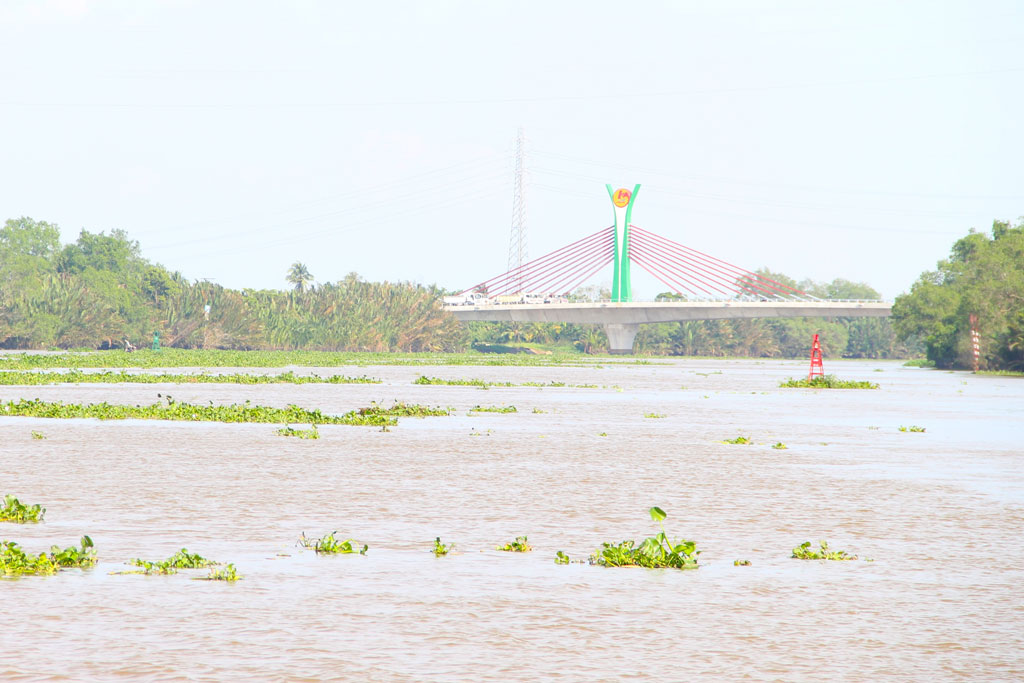
Salinity in rivers in Long An increases
According to the forecast of salinity intrusion from March 14 to 21 of the Long An Province Hydrometeorological Station, the tide in the downstream areas of the rivers will fall with the tide until the weekend. The highest tide peaks will appear on the weekends. The highest salinity at most stations next week is likely to appear at the beginning of the week at a higher level than the same period in 2023 and the average of many years.
Specifically, at Cau Noi station (Vam Co river), the highest salinity is about 18.1 g/l; Ben Luc station (Vam Co Dong river) the highest salinity is about 5.5 g/l; Tan An station (Vam Co Tay river) the highest salinity is about 4.3 g/l.
To proactively prevent and have timely and effective response solutions to drought and saltwater intrusion in the 2023-2024 dry season, especially during the peak period of saltwater intrusion combined with severe heat, ensuring the supply of fresh water for agricultural production in the 2023-2024 winter-spring crop and safe people's lives, limiting the serious water shortage similar to the 2019-2020 and 2015-2016 dry seasons in the irrigation system, the Provincial Department of Rural Development and Irrigation recommends that the Center for Management and Exploitation of Irrigation Works coordinate with the Department of Agriculture and Rural Development, the Agricultural Service Centers of the Southern districts and Tan An City to regularly and closely monitor the salinity changes; Develop a reasonable plan for operating the main sluices, check and have a plan to thoroughly handle leaking sluice gates by covering them with tarpaulins and replacing damaged sluice gate seals to prevent saltwater from entering the fields to ensure irrigation water for agricultural production and domestic water supply for people.
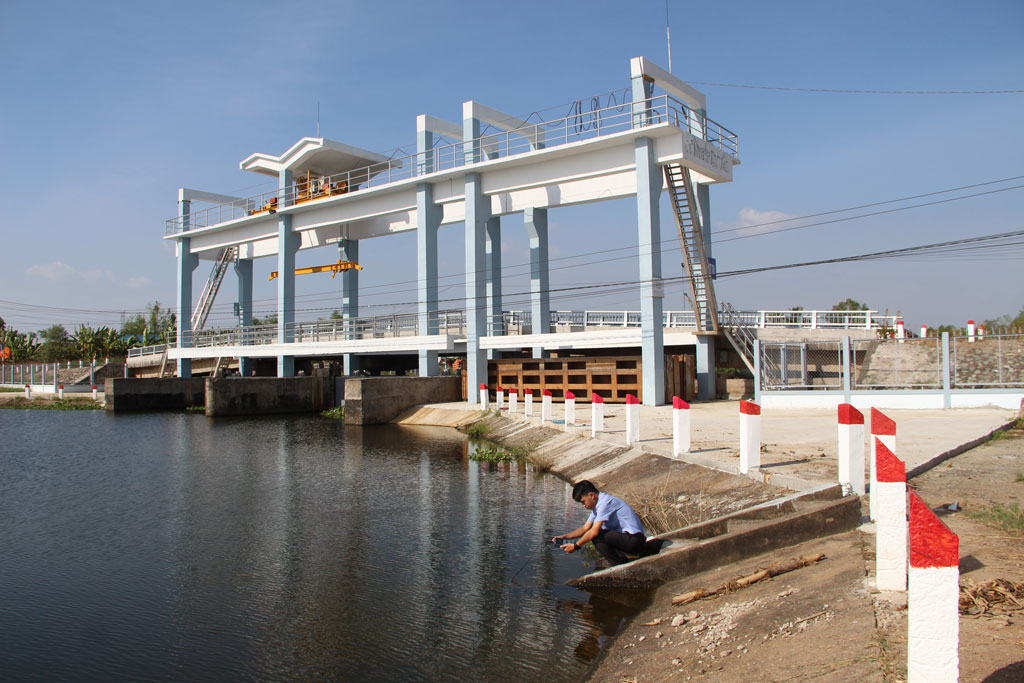
Professional staff regularly check the salinity inside and outside the salt-prevention sluices.
At the same time, the People's Committees of the Southern districts and Tan An City are requested to direct local specialized agencies to regularly monitor closely, organize inspections and measurements of water quality and salinity on canals and streams that do not have a salinity control system; combine with monitoring and updating water quality to promptly inform and widely disseminate to people on district and commune radio stations about the water quality situation on rivers and in the fields.
In addition, it is necessary to strengthen the recommendation for people not to take water in areas that have been affected by salinity; take advantage of taking water, storing water in ponds, fields, and equipment that can store water (tanks, water bags, etc.) when water sources are still abundant and salt water has not yet penetrated into canals and ditches in the fields; use water economically and effectively, avoid wasting and polluting water sources to ensure adequate supply of irrigation water for production and safe daily life.
Source


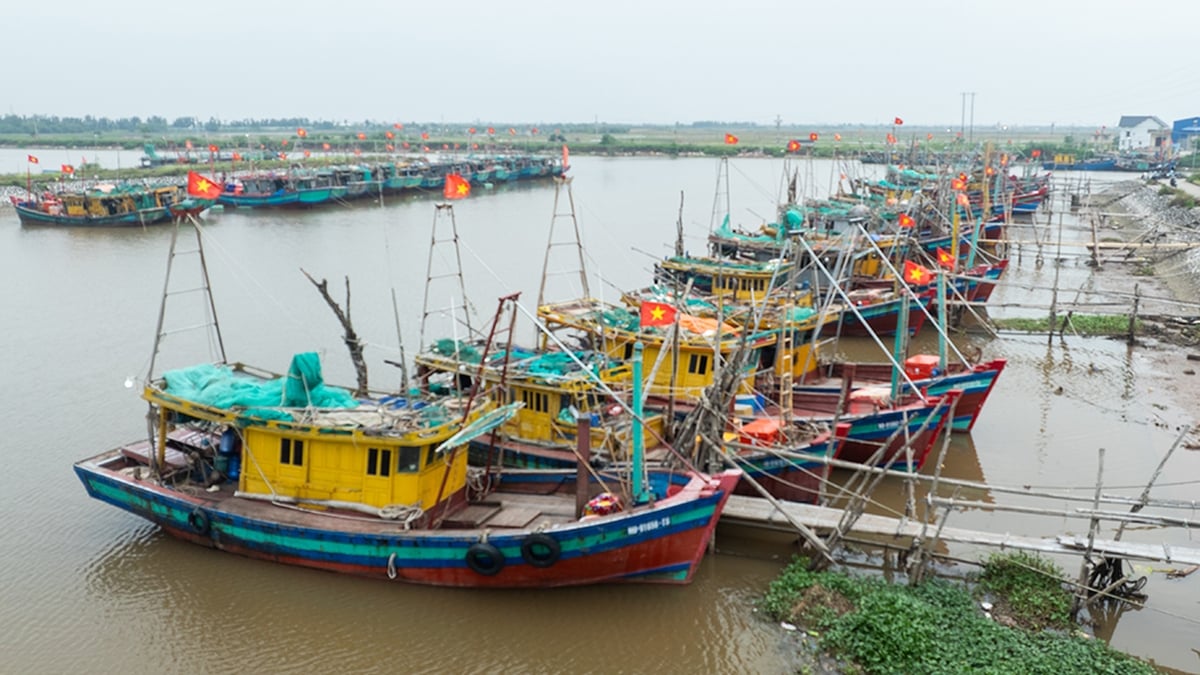
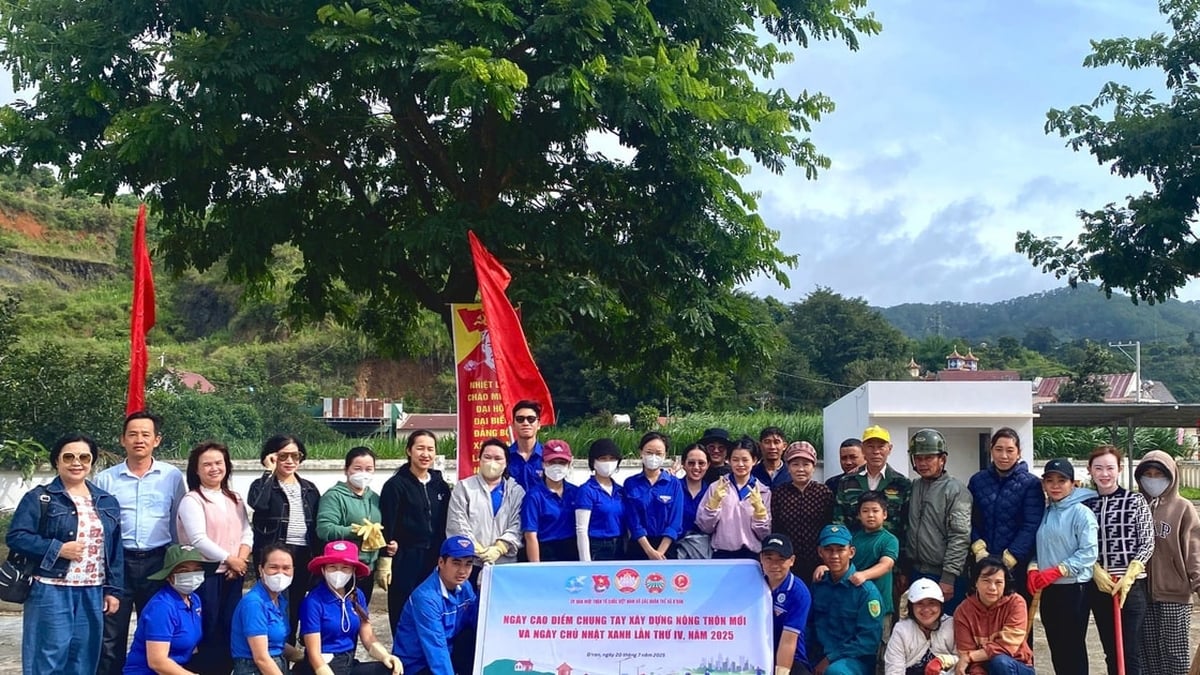


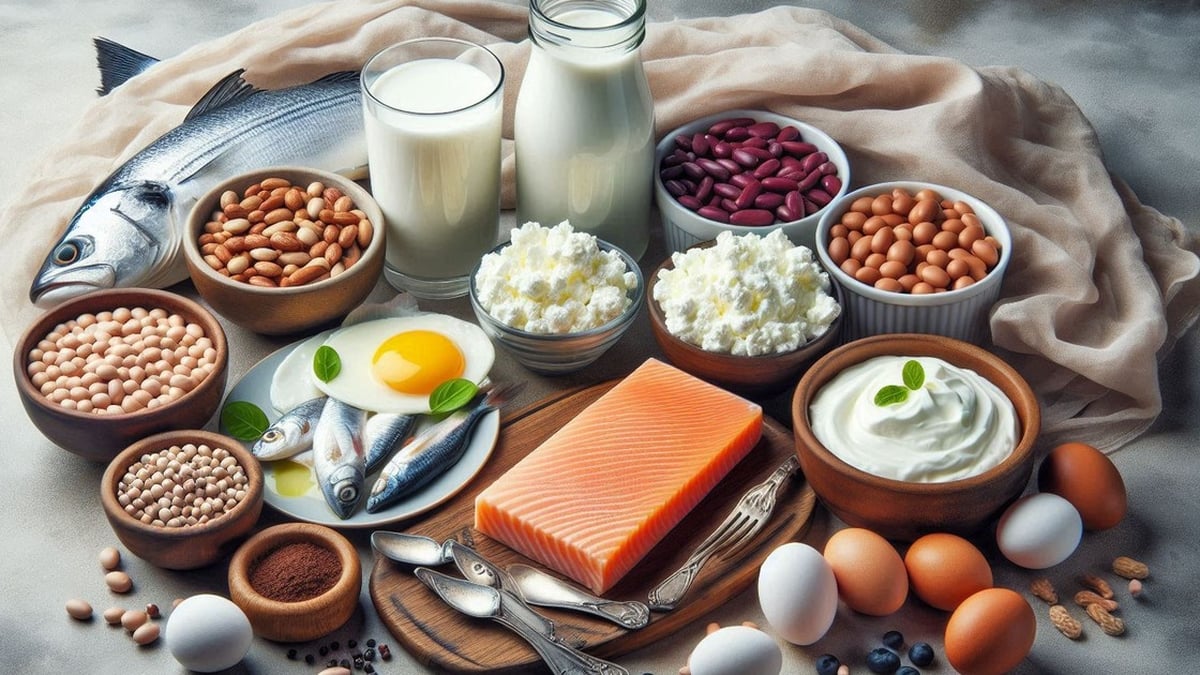




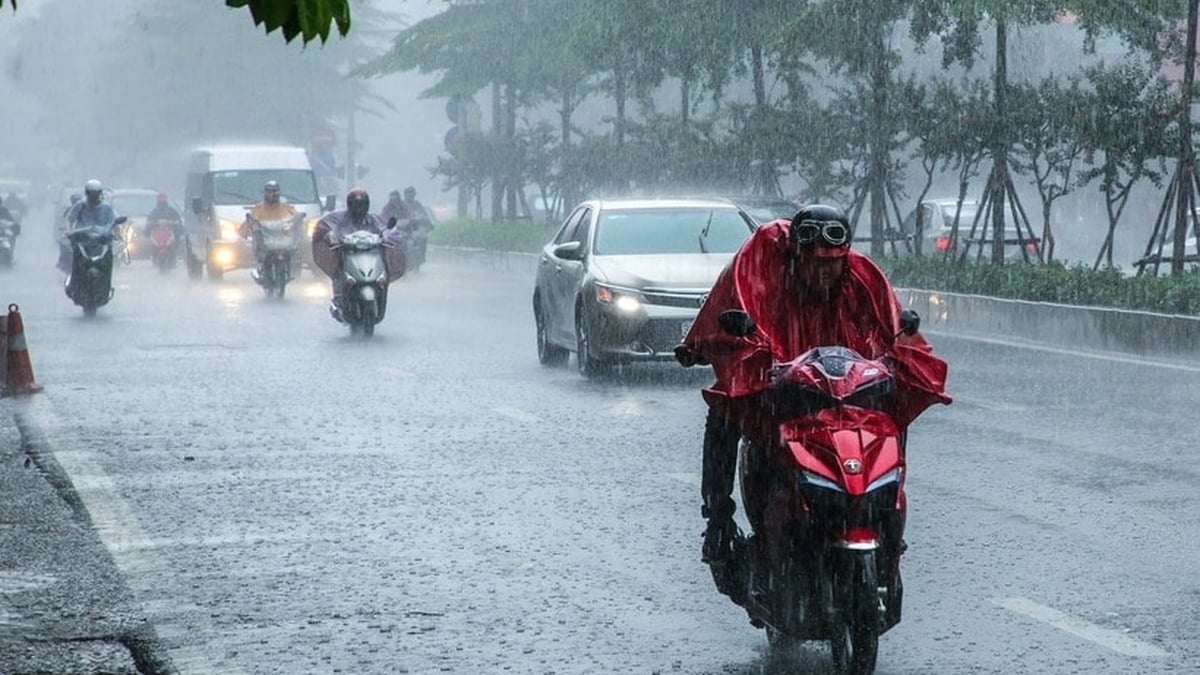













![[Photo] National Assembly Chairman Tran Thanh Man visits Vietnamese Heroic Mother Ta Thi Tran](https://vphoto.vietnam.vn/thumb/1200x675/vietnam/resource/IMAGE/2025/7/20/765c0bd057dd44ad83ab89fe0255b783)








































































Comment (0)